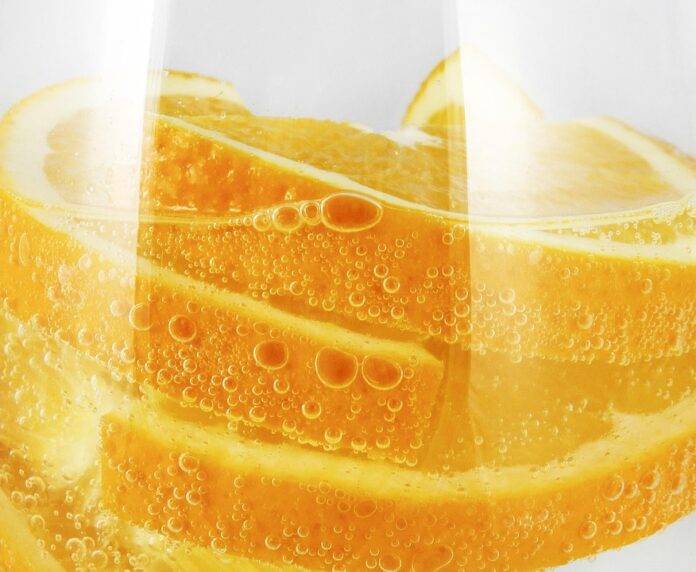Introduction
Sparkling water has become increasingly popular in recent years as a healthier alternative to sugary sodas and other beverages. In the foodservice industry, sparkling water is positioned as a refreshing and low-calorie option that appeals to health-conscious consumers. This report will explore how sparkling water has gained traction in the foodservice sector, the key players in the market, and the financial implications of this trend.
The Rise of Sparkling Water in Foodservice
Consumer Demand for Healthier Options
As consumers become more health-conscious, they are seeking out beverages that are lower in sugar and calories. Sparkling water fits the bill perfectly, offering the fizziness of soda without the added sugars and artificial ingredients. This shift in consumer preferences has driven the demand for sparkling water in foodservice establishments.
Positioning as a Healthier Alternative
Foodservice operators are capitalizing on the trend towards healthier options by prominently featuring sparkling water on their menus. By positioning sparkling water as a healthy alternative to traditional sodas and other sugary drinks, restaurants and cafes are able to cater to a growing segment of health-conscious consumers.
Partnerships with Sparkling Water Brands
Many foodservice establishments have formed partnerships with popular sparkling water brands to offer a variety of flavors and options to their customers. These partnerships not only provide a wider selection for consumers but also help to strengthen the positioning of sparkling water as a premium and healthy beverage choice.
Key Players in the Sparkling Water Market
LaCroix
One of the most well-known sparkling water brands in the market is LaCroix, which offers a wide range of flavors and has a strong presence in foodservice establishments. LaCroix has capitalized on the health trend by marketing its products as all-natural and calorie-free, appealing to health-conscious consumers.
Perrier
Perrier is another major player in the sparkling water market, known for its iconic green glass bottles and crisp, refreshing taste. Perrier has a long history of being positioned as a premium beverage choice, making it a popular option in upscale restaurants and cafes.
Topo Chico
Topo Chico has gained popularity in recent years for its unique mineral composition and effervescent quality. This Mexican sparkling water brand has seen a surge in demand in the foodservice sector, appealing to consumers looking for a more exotic and upscale beverage option.
Financial Implications of Sparkling Water in Foodservice
Growth in Sales Volume
The increasing popularity of sparkling water in foodservice establishments has led to a significant growth in sales volume for both restaurants and beverage companies. With more consumers opting for sparkling water as a healthier alternative, the demand for these products continues to rise.
Revenue Opportunities
Foodservice operators are capitalizing on the trend towards sparkling water by offering it as a premium beverage option at higher price points. This has created new revenue opportunities for restaurants and cafes, helping to offset any potential declines in sales of traditional sodas.
Investment in Innovation
To stay competitive in the sparkling water market, foodservice establishments are investing in innovation and new product development. This includes partnering with sparkling water brands to create exclusive flavors and offerings that cater to the evolving tastes of consumers.
Conclusion
Overall, sparkling water has become a popular and profitable beverage option in the foodservice industry, thanks to its positioning as a healthier alternative to traditional sodas. With key players like LaCroix, Perrier, and Topo Chico leading the way, sparkling water is likely to continue its upward trajectory in the market. By capitalizing on consumer demand for healthier options and investing in innovation, foodservice operators can tap into the growing popularity of sparkling water and drive sales in their establishments.




